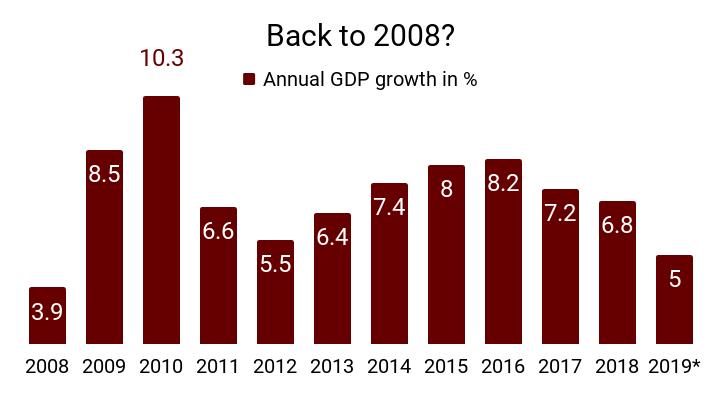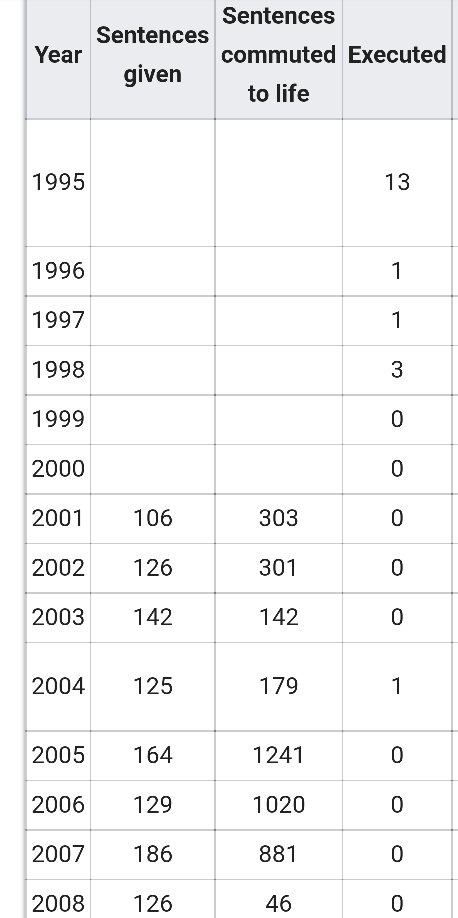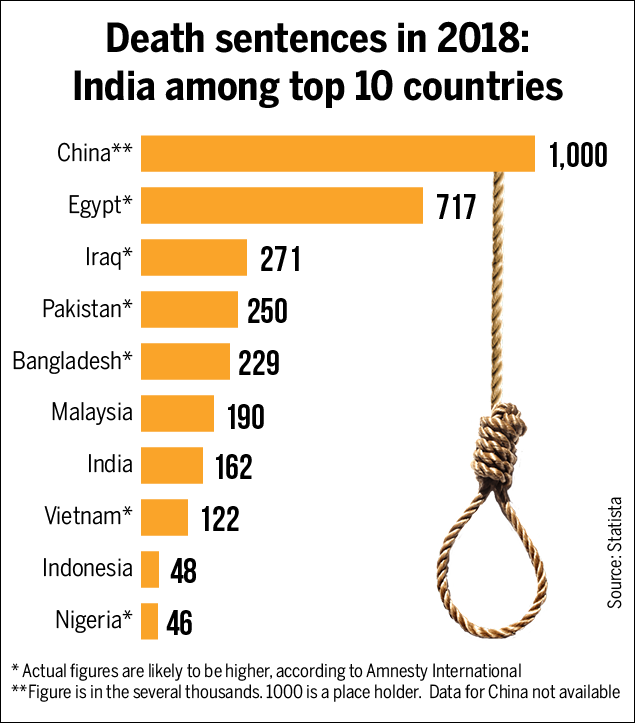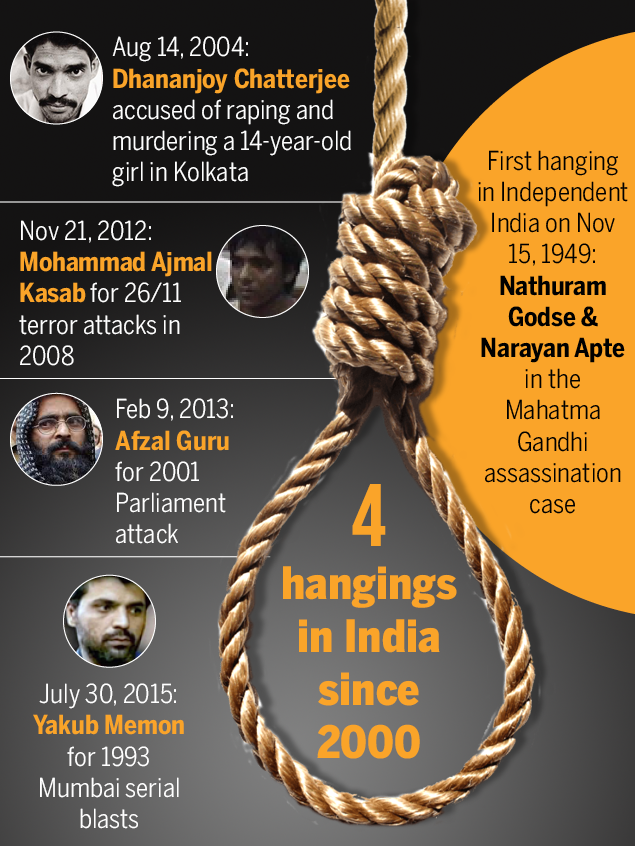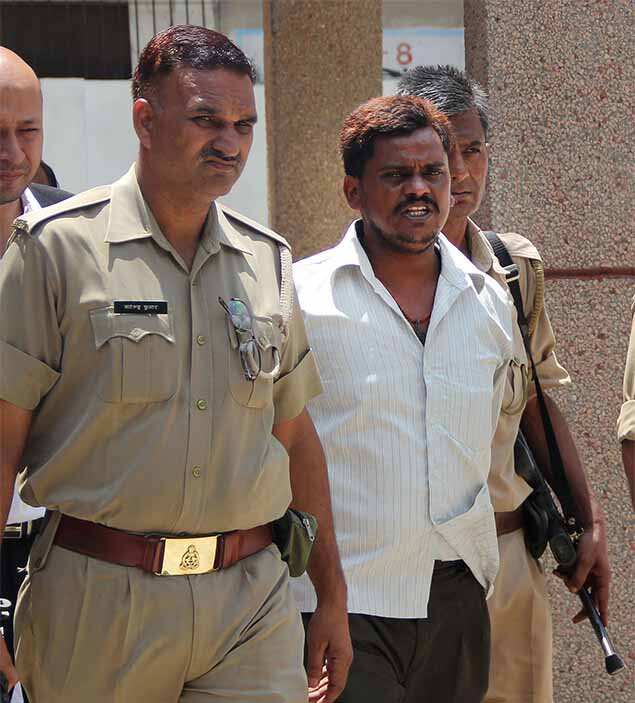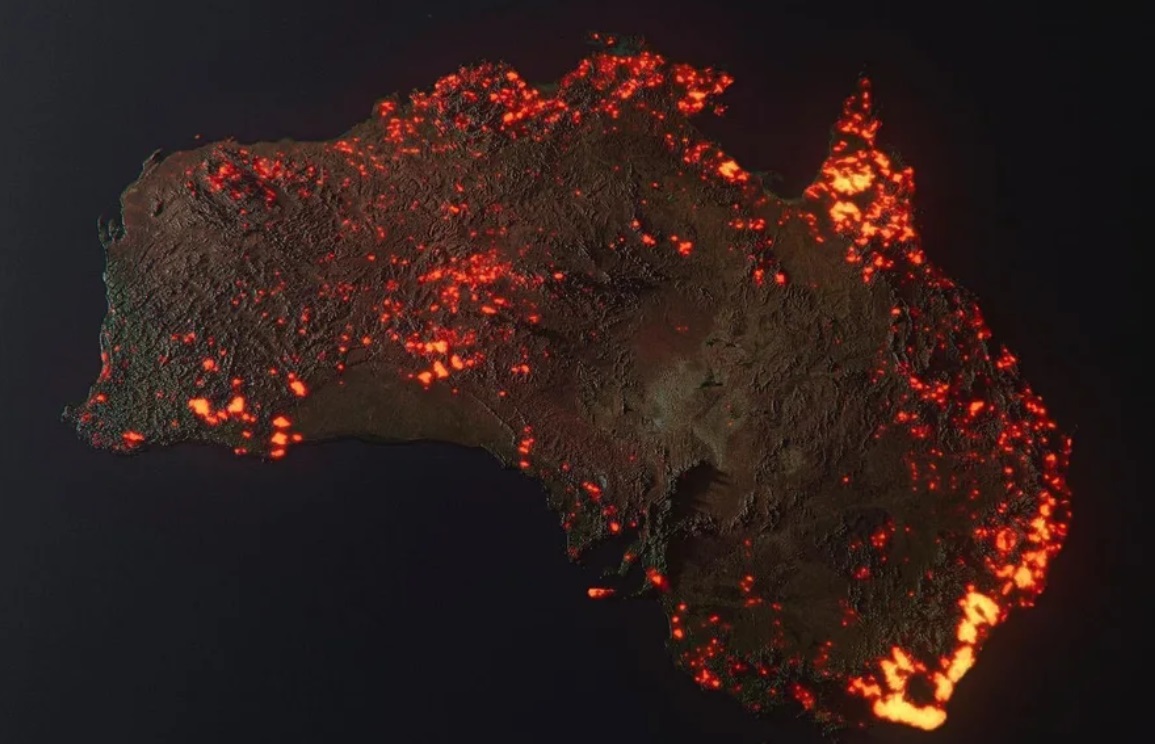
Impact on wildlife/cdn.vox-cdn.com/uploads/chorus_image/image/66048138/australia_fires_012.0.jpg)
/cdn.vox-cdn.com/uploads/chorus_image/image/66048138/australia_fires_012.0.jpg)
Koalas are perhaps the most vulnerable because they are slow-moving. In extreme fires koalas tend to climb up to the top of a tree and curl into a ball where they become trapped. In January 2020 it was reported that half of the 50,000 koalas on Kangaroo Island off Australia’s southern coast, which are kept separate to those on the mainland as insurance for the species’ future, are thought to have died in the previous few weeks.
Wildlife ecologist Professor Euan Ritchie from Deakin University says that when fires have passed, frogs and skinks are left vulnerable when their habitats have been destroyed. Loss of habitat also affects already endangered species such as the western ground parrot, the Leadbeater's possum, the Mallee emu-wren (a bird which cannot fly very far), and Gilbert's potoroo. Beekeepers have also lost hives in bushfires.
Kangaroos and wallabies can move quickly trying to escape from fires. However, the Guardian reported in January 2020 that dozens, maybe hundreds of kangaroos "perished in their droves" as they tried to outrun the flames near Batlow in NSW. The most resilient animals are those that can burrow or fly. Possums often get singed, but can sometimes hide in tree hollows. Wombats and snakes tend to go underground.
Goannas can actually benefit from bushfires. Dickman says: "In central Australia we've seen goannas coming out from their burrows after a fire and picking off injured animals – singed birds, young birds, small mammals, surface dwelling lizards and snakes."
Impact on human
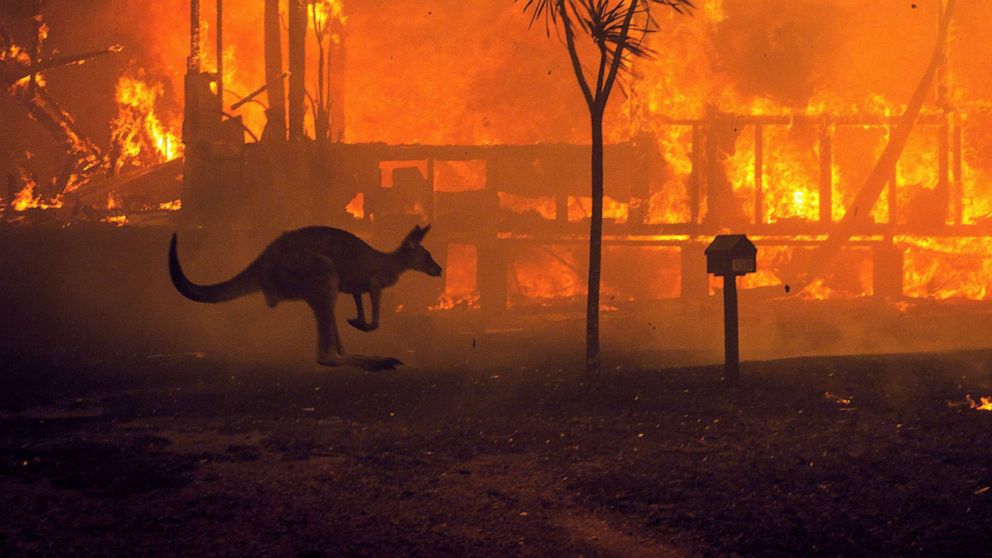
The most devastating impact on humans is that bushfires have killed over 800 people since 1851.In addition to loss of life, homes, properties and livestock are destroyed potentially leaving people homeless, traumatized, and without access to the resources they used to have at their disposal.
IMPACTS ON HEALTH
Bushfires produce particulate-matter pollution - airborne particles that are small enough to enter and damage human lung tissue. Following the hazelwood fires in 2014, Fay Johnston, an associate professor of public health at the University of Tasmania's Menzies Institute for Medical Research, says young children exposed to smoke either as infants, toddlers or in the womb develop changes to their lung function. She says: "Unborn babies exposed to the Hazelwood smoke were more likely to experience coughs or colds two to four years after the fires. Other studies conducted in Australia show an increase in respiratory diseases among adults stemming from air pollution caused by bushfires.
As a result of intense smoke and air pollution stemming from the fires, in January 2020 Canberra measured the worst air quality index of any major city in the world. The orange-tinged smoke entered homes and offices buildings across the capital making breathing outside very difficult, forcing businesses and institutions to shut their doors. Studies show that residents of highly polluted cities also have an increased risk of heart attack, stroke and diabetes. Professor Jalaludin, a chief investigator with the Centre for Air Pollution, Energy and Health Policy Research, says: "There is increasing evidence around air pollution and (the development of) neurological conditions, for example Parkinson's disease and Alzheimer's."
Psychological problems
Psychological problems following a major bushfire appear to develop when people have a chance to stop and reflect on their experience. A study of 1,526 people who experienced significant losses in the 1983 Ash Wednesday bushfires found that after 12 months, 42% met the criteria for a psychiatric problem which is double the prevalence in an unaffected community. After twenty months this figure had dropped to 23%.
A typical example of how people are affected is described by the 2016 fire at Yarloop in Western Australia. It virtually destroyed the town (population 395) including 180 homes, historic timber workshops, factories, an old church, the old hospital, shops, the hotel, the fire station and a part of the school - although only two people died. Damage to infrastructure included the Samson Brook Bridge, Salmon River Bridge and power infrastructure supplying thousands of homes in the area.
Two years later, local people were still suffering trauma distress from the fire. Apart from the economic losses suffered by those who lived there, the dislocation to their lives was so great that many in the community were doubtful that the town would be rebuilt. The State Government subsequently spent $64 million rebuilding the town and the surrounding communities.
Economic impact
Economic damage from 2009’s Black Saturday fires, the costliest in Australia's history, reached an estimated $4.4 billion. Moody's Analytics says the cost of the 2019-2020 bushfires is likely to exceed even that figure and will cripple consumer confidence and harm industries such as farming and tourism.
SOURCE WIKIPEDIA
ALSO SEE : CAUSES OF FIRE IN AUSTRALIA



